 Image search results - "self-defense" Image search results - "self-defense" |
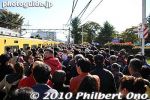
Iruma Air Base is near Inariyama Koen Station on the Seibu Ikebukuro Line (40-50 min. from Ikebukuro). This is the crowd leaving the train platform at around 9 am.
|
|

A record-breaking 280,000 attended the Iruma Air Show on Nov. 3, 2010. The festivities started at 9 am and admission was free. This was also a super sunny day.
|
|
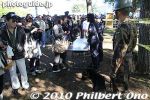
They inspected our bags and even had a German Shepherd dog.
|
|
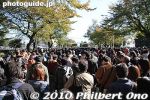
It would take maybe only 5 min. reach Iruma Base from the train station, but it took us at least 25 min. with numerous stop-and-go crowd control.
|
|
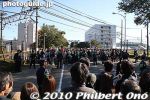
Trying to cross the train tracks. Another bottleneck as trains always pass by.
|
|
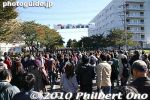
Finally getting nearer to Iruma Air Base, the Japan Air Self-Defense Forces' largest air base.
|
|
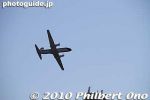
The first thing I saw was this YS-11 flying around. They had a parade and Miss Air Show contest, but I was too late for that.
|
|

This was the 42nd Iruma Air Show on Nov. 3, 2010.
|
|

YS-11 landed.
|
|
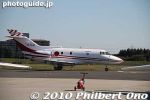
This is a U-125 plane which was also flying and had landed when we got to the air base.
|
|
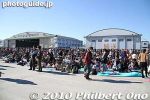
Even at around 9:30 am, a huge crowd.
|
|

At the front line in front of the Blue Impulse Aerobatic planes.
|
|

Blue Impulse jets parked front and center.
|
|
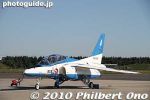
Blue Impulse jet
|
|
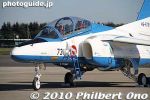
More photos of the Blue Impulse later on below.
|
|
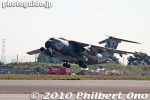
Next were three Kawasaki C-1 transport jets taking off.
|
|

C-1 flying over Blue Impulse.
|
|
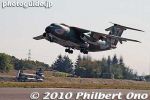
Another Kawasaki C-1 military transport jet taking off. It has the Japan Air Self-Defense Force livery.
|
|
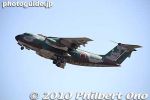
Kawasaki C-1 has been around since the 1970s.
|
|
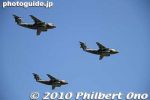
The three Kawasaki C-1 in formation during a fly-by.
|
|
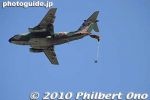
The Kawasaki C-1 return to release parachute troopers.
|
|
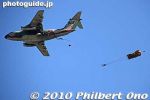
Kawasaki C-1 for a parachute drop at Iruma Air Show in Saitama.
|
|
|
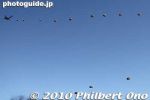
The three Kawasaki C-1 jets dropped parachuters onto Iruma Air Base.
|
|
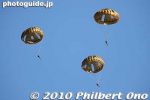
I've never seen so many parachutists in an air show before.
|
|

C-1
|
|
|

A squadron of T-4 trainer jets perform semi-aerobatics.
|
|
|
|
|
|
|
|
|

T-4 trainer jets
|
|
|

They didn't release any smoke.
|
|
|
|
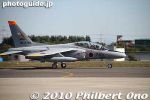
T-4 trainer jet lands.
|
|
|
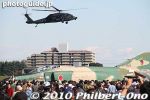
UH-60J rescue helicopter demo.
|
|
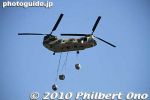
CH-47J Chinook helicopter demonstrates cargo transport. They had something flying in the air almost non-stop all morning until around lunch time.
|
|
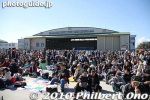
The crowd. Behind is a large hangar where they had aircraft displays.
|
|
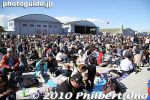
The crowd waits for the Blue Impulse.
|
|
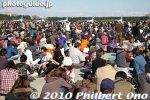
As 1:15 pm approaches, the crowd gets bigger and more eager to watch the Blue Impulse, seen here in the background.
|
|
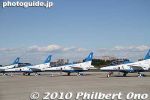
I waded up to near the front row at around 12:30 pm to await the Blue Impulse to take off. Blue Impulse is Japan's foremost aerobatic team belonging to the Japan Air Self-Defense Force.
|
|
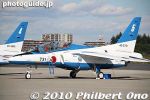
The Blue Impulse flies Kawasaki T-4 jets since 1995. They were established in 1960, inspired by the Thunderbirds of the US Air Force.
|
|
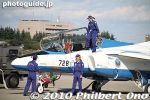
This ground crew of a Blue Impulse T-4 includes a woman.
|
|
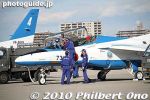
Pilot putting on his helmet. This year in 2010 happens to be the 50th anniversary of the Blue Impulse team established in 1960.
|
|
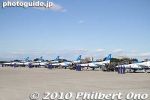
Seven Blue Impulse planes were on display, but only six of them flew. Blue Impulse is based at Matsushima Air Base in Miyagi Prefecture. They have a busy performance schedule from April to Dec. ブルーインパルスの曲技飛行
|
|
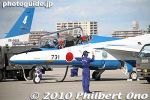
Ready to leave for the runway.
|
|
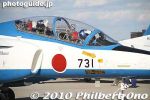
As the jets taxied off, the pilots waved to the crowd.
|
|

Blue Impulse Kawasaki T-4
|
|
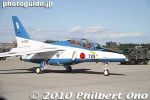
Blue Impulse Kawasaki T-4
|
|
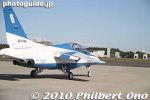
The jet blast from the T-4 wasn't so bad, but it did blow away a few caps on our heads.
|
|
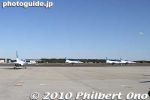
Blue Impulse head for the runway at Iruma Air Base.
|
|
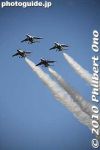
And now here they come in all their glory, the Blue Impulse Aerobatic Team.
|
|
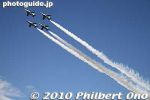
All these formations and aerobatic maneuvers all have a name. This is the Diamond Formation.
|
|
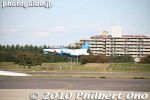
Two more Blue Impulse jets later took off.
|
|
|
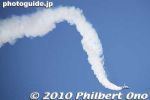
Spectacular formations.
|
|
|
|
|
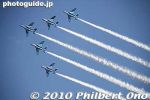
Blue Impulse Aerobatic Team at Iruma Air Show.
|
|
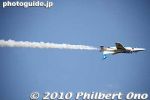
Flying upside down.
|
|
|
|
|
|
|
|
|
|
|
|
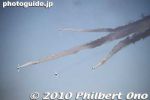
The smoke color was either white or gray.
|
|
|
|
|
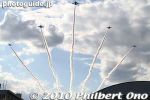
Thrilling show, but the element of danger is always present. The Blue Impulse have had a few fatal accidents.
|
|
|
|
|
|
|
|
|
|
|
|
|
|
|
|
|
|
|
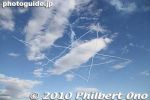
Star Cross: Smokey star in the sky. They also drew a Valentine heart, complete with an arrow. Also see my YouTube video here.
|
|
|
|
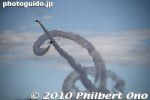
This Tack Cross has one jet flying straight while the other is spiraling around it. Quite spectacular.
|
|
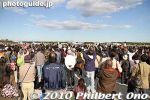
The crowd cheers wildly as the Blue Impulse returns. They performed until around 2:30 pm. The festival ended at 3 pm when many of the planes on display took off for home.
|
|

Iruma Air Show Blue Impulse video 2010.
|
|
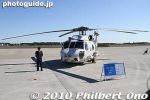
Sikorsky SH-60J Seahawk anti-submarine warfare helicopter
|
|
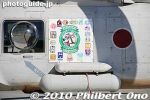
Sikorsky SH-60J Seahawk
|
|
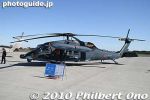
UH-60J rescue helicopter is based on the Black Hawk copter.
|
|
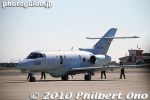
This U-125A plane is for search and rescue operations. A good number and variety of planes were also on display. Some of them were flown during the air show.
|
|
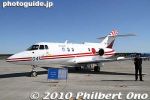
U-125
|
|
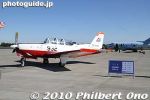
T-7 trainer plane
|
|
|

F-2 fighter plane.
|
|
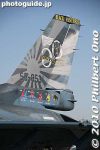
Tail of F-2 fighter plane.
|
|
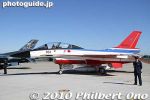
F-2 fighter
|
|
|
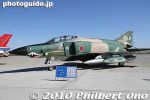
RF-4E reconnaissance plane based on the McDonnell F-4 Phantom.
|
|
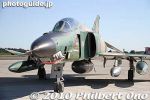
RF-4E reconnaissance plane is equipped with cameras for photographing disaster areas, etc.
|
|
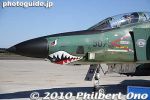
RF-4E reconnaissance plane
|
|

Why is Woody Woodpecker on the tail?
|
|
|
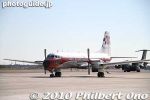
YS-11
|
|
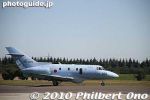
U-125A search and rescue plane
|
|
|
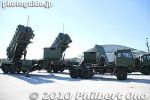
One interesting display were these Patriot missile launchers.
|
|
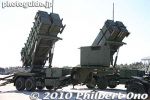
Patriot PAC-3J
|
|
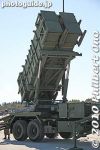
MIM-104 Patriot surface-to-air missile system
|
|
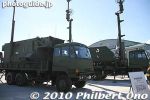
Engagement Control Station (ECS) for the Patriot missile system.
|
|
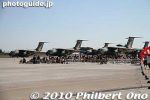
The Iruma Air Show also had a VIP section for invited guests here at one end of the site. Prime view of take-offs and landings on the runway.
|
|
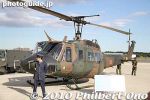
More helicopters.
|
|
|
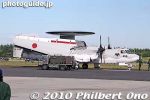
Grumman E-2C Hawkeye Airborne Early Warning (AEW) aircraft with wings folded back. It can serve on an aircraft carrier.
|
|
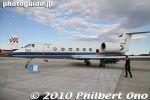
U-4 is based on a Gulfstream IV.
|
|
|
|
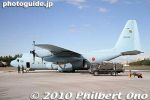
C-130 Hercules in sky blue.
|
|
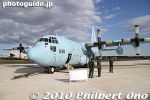
C-130 Hercules for the Japan Air Self-Defence Force
|
|
|
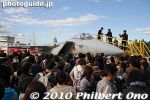
The cockpit of this F-15J fighter plane was open for public viewing.
|
|
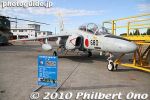
T-4
|
|
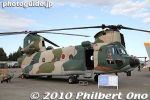
Chinook helicopter
|
|
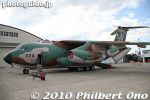
Kawasaki C-1 military transport plane
|
|
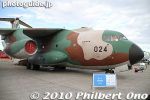
Kawasaki C-1 military transport plane. We couldn't go inside any of the planes.
|
|

Fire dept. at Iruma Air Base.
|
|
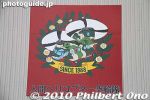
Helicopter insignia
|
|
|
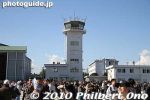
Iruma Air Base control tower
|
|
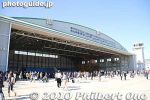
This aircraft hangar had a entertainment stage.
|
|
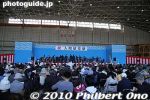
Entertainment stage inside a hangar.
|
|
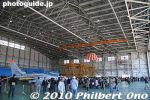
Another aircraft hangar had aircraft displays and other things.
|
|
|
|
|
|
|
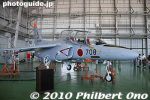
T-4 trainer jet suspended above ground.
|
|
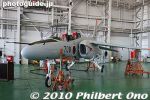
This aircraft is suspended so that the wheels don't touch the ground.
|
|
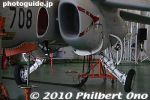
They held demonstrations of the T-4's landing gear going up and down.
|
|

Display of aircraft engines.
|
|
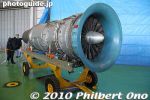
Aircraft engine
|
|
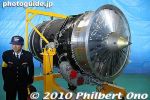
Aircraft engine
|
|
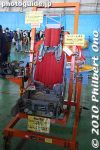
Pilot's ejection seat
|
|
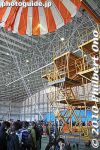
Ejected pilot's parachute
|
|
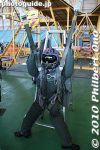
Ejected pilot
|
|
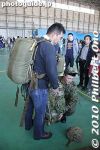
Trying on parachute.
|
|
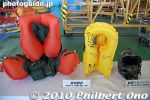
Life vests
|
|

Life rafts
|
|
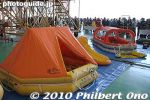
Life rafts
|
|
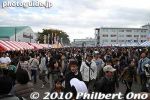
Shopping area was also very crowded with food booths and souvenir shops.
|
|

Souvenir shop
|
|

Crowd going home. It's a good idea to buy a round-trip ticket at Ikebukuro Station so you don't have to buy a return ticket here.
|
|

Train station entrance.
|
|
|

The JMSDF (Japan Maritime Self-Defense Force) Kure Museum is mainly a submarine museum whose main attraction is the decommissioned Japanese sub called Akishio. The museum is conveniently right across the street from the Yamato Museum.
|
|
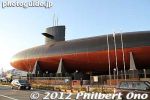
The former Akishio submarine just stands out and can be seen from boats approaching Kure Port. Very impressive to be seen on land amid small cars passing by. The museum is a short walk from JR Kure Station.
|
|
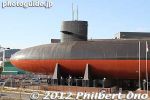
The museum has one normal building and this decommissioned submarine accessible from the main museum building. The submarine is largely intact on the inside.
|
|
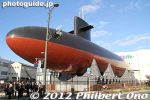
The Akishio submarine was commissioned in March 1986 and decommissioned in March 2004. It was brought here in 2006. The sub is 76.2 meters long. Top speed was 20 knots underwater.
|
|

The JMSDF Kure Museum is JMSDF's submarine and minesweeping museum. It also has a surface ship museum in Sasebo, Nagasaki and an aircraft museum in Kanoya, Kagoshima.
|
|
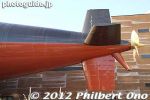
JMSDF Kure Museum is open 9 am to 5 pm (enter by 4:30 pm). Closed Tue. (open if a national holiday and closed on the Wed. instead). Free admission. Rudder and propeller of the Akishio submarine.
|
|
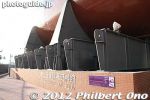
Looks sturdy enough so the sub won't roll away in a large earthquake.
|
|
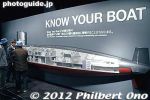
The museum's main building has exhibits explaining about Japanese submarines.
|
|
|
|
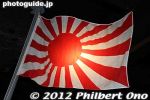
Flag of the Japanese navy.
|
|

Japanese submarine classes.
|
|

Model of the SS Kuroshio sub.
|
|
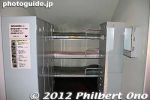
Replica of submarine sleeping quarters.
|
|
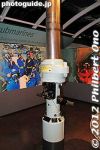
Periscope replica.
|
|
|
|

From the main building, we can cross over to the Akishio submarine.
|
|
|
|
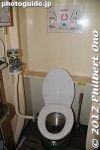
Toilet on the Akishio submarine.
|
|
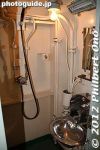
Shower and toilet sink on the Akishio.
|
|
|
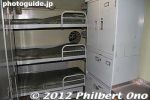
Sleeping quarters on the Akishio submarine.
|
|
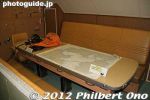
Conference room.
|
|
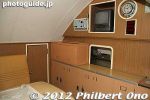
Conference room.
|
|
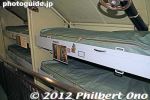
Bunk beds are short and narrow. Two men share one bunk bed as they sleep in turns.
|
|
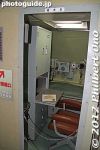
Captain's quarters. Still pretty cramped.
|
|
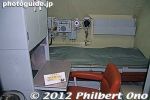
Captain's quarters. Outfitted with some communications gear at his bedside.
|
|
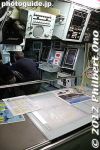
The bridge.
|
|
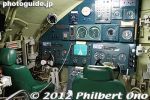
Pilot seats.
|
|
|
|
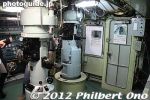
Two periscopes.
|
|
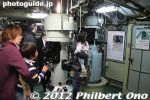
We could look through the periscopes.
|
|
|
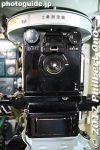
Periscopes made by Nikon?
|
|
|
|

Looks very complicated.
|
|
|
|
|

Ground Self-Defence Force base occupies half the castle site (since 1953). The reason why we cannot enter the Sangai Yagura Turret seen here within the base.
|
|
|
|
|